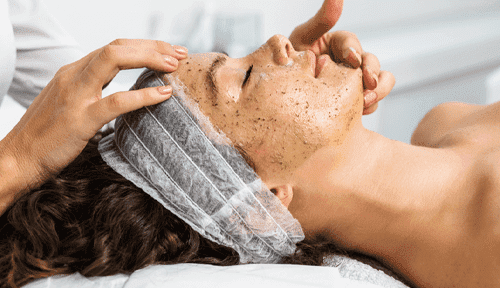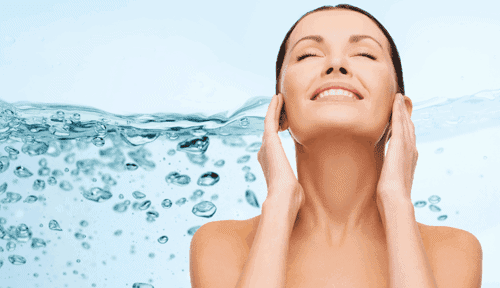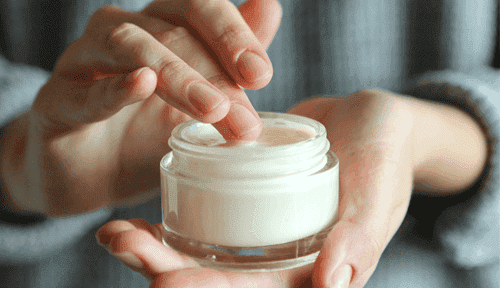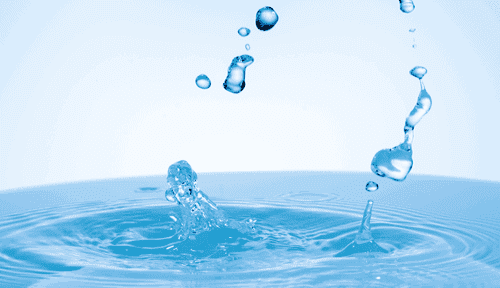Fall Skin Care

Fall is the perfect time of year to get that extra exfoliation so often needed and add great hydration products to your daily routine. As the seasons change, so does the needs of our skin. The cooler and even cold air, as it gradually moves in, does not hold the same amount of moisture as our warm and moist summer air. To add to the problem the furnace starts to fire up on cooler mornings adding more issues concerning hydration. Its not just our facial care that needs to be addressed but also our body care as in true Canadian style the old ‘itchy scratchies’ begin to appear.
We need to focus on probable repair and rejuvenation of our skin that may now be experiencing damage from over exposure to the sun, such as hyperpigmentation along with the increase in fine lines and wrinkles caused by any dryness or dehydration.
To select the right exfoliant that works for your skin type is important. However, once Step one, is complete and those dead skin cells have been sloughed off , it is time to consider changing our skin care routine for more serious hydration and more oil based moisturising options to ensure we escape the wrath of the cooler Fall and the cold of Winter.
Exfoliate
Why exfoliating your skin is so important.

Exfoliating your skin is like remembering to eat the right food; you know you’re supposed to do it, but you probably don’t do it as much as you should. And just like eating your leafy greens, fruits and Veggies, you probably know exfoliating is good for you, but if I asked you why you should do it, do you know the answer?Our skin is our greatest protector and our largest organ… literally. It keeps all of our internal organs, bones, vessels, muscles, etc. from being exposed to the outside world. Externally, our skin absorbs and blocks harmful irritants, pollutants, and UV rays to keep them from penetrating our bodies.For our skin to keep protecting us, new skin cells are constantly produced in the lower layers of the Epidermis of the skin. These fresh, new cells slowly make their way to the surface of the skin. By the time the new cells reach the top layer of the skin, they have flattened out, becoming keratanised and are now waterproof to enable them to continue to protect us from environmental damage.
On average it takes about 30 days for skin cells to reach the surface of the skin. As we age, these new skin cells take longer to reach the surface of the skin (up to 45 days). Without this quicker cell turnover, skin starts to look dull or wrinkled, and feel rough, or flakey to the touch. When skin is exfoliated on the surface, it allows the newer, fresher cells to show. This increases the look of evenness, softness in texture, and provides an overall radiant look. And that is why exfoliating is important!
Types of exfoliators.
Physical Exfoliators
This one is pretty self-explanatory; physical exfoliants use small rounded beads or crushed ingredients to manually rub off dead skin cells on the surface of the skin. Recommended for Anyone that likes the feel of a gritty or textured scrub on their skin. This type of exfoliant is recommended for just about anyone EXCEPT those with acne-prone or sensitive skin. The small beads can tear the skin spreading bacteria from pimples, or tear already thin skin.
Enzymatic Exfoliators
Enzymes used in the process of skin exfoliation are derived from the acids in fruits like pineapple, papaya and Pumpkin. Enzymatic exfoliators break down the “glue” that holds dead skin cells together. When this material is broken down, the surrounding cells are sloughed off without having to manually scrub the skin. They can also be called “gommage” products, which means “to erase” in French. Enzymatic exfoliators are ideal for individuals with sensitive, thin, or skin that’s prone to irritation. This type of exfoliator needs to be kept damp for about 5 -7 minutes in order to be kept active on the skin. The use of a fine mist toner is recommended.
Chemical Exfoliators
The two most popular chemical exfoliants are Alpha Hydroxy Acids (AHA’s) and Beta Hydroxy Acids (BHA’s).
AHA’s or Alpha Hydroxy acids, originally derived from natural substances like citrus (citric), milk (lactic), apples (malic), grapes (tartaric), and sugarcane (glycolic) and are now made in the laboratory, work by melting the intercellular glue that holds skin cells together and this activates the skin’s natural exfoliation.Glycolic acid is the strongest of these acids and for home use can only be used in lower percentages. For improved performance and treatment, it is often combined with Lactic acid. Lactic acid is well known for its gentleness on the skin but also its ability to lighten pigmented areas of the skin. This combination of A.H.A’s is highly recommended for the treatment and rejuvenation of aging skin, hyperpigmentation, fine lines and wrinkles.

BHA’s are naturally derived from Willow bark and are also known as Salicylic acid. Recommended for oily or acne prone skin, Salicylic acid actually penetrates into the follicles and decongests them, breaking down the lipid plug, often causing the problem.
Who benefits from Chemical Exfoliators?
AHA’s can be better for sun-damaged, sensitive, and dry skin types because they exfoliate the skin’s surface gently. BHA’s can penetrate deeper in to the skin and are great for more oily skin types. Both work well for anyone concerned with breakouts, fine lines, and hyperpigmentation.

How Often Should I Exfoliate?
Sometimes too much of a good thing is no longer good. Always read the directions and use suggestions, but most exfoliants should be used 2-3 times a week. Over-exfoliating the skin can cause excess redness, and sensitivity to the sun and environment.
Hydration vs. Moisture; What does my skin need?

A question frequently asked is about the difference between hydration for the face and using a moisturizer. What type of product should you be using? What are the benefits of keeping your skin hydrated and moisturized? Why should you care about hydration and moisture?
What’s the difference between hydration and moisture?
Simply put, hydration is about water content water, and moisture is more about oil. If your skin is dehydrated, it is lacking water but if your skin is dry it is often lacking oil. Do we need both?
What is a moisturizer?

The outside of your skin has a lipid barrier made of Essential fatty acids and Ceramides. It needs to be kept in tact, and supported with lipid- based products. If you think about it, oil and water don’t mix. Oils floats on water. It therefore suggests that if your lipid- based skin barrier is in tact it will help retain the balance of water in your skin. A moisturizer contains oils that help lock in hydration and keep the skin feeling soft and smooth. All skin has a natural lipid (oil) barrier, but when skin is drier, or aging, that lipid barrier starts to break down, and the skin loses its precious moisture, becoming both dry and dehydrated.

What is a Hydrator?

A hydrator (like hyaluronic acid) helps to bring water to the skin using humectants. These humectants help collect moisture in the environment and bind it to the skin, which allows the skin to absorb the water.
Which products should you use for hydration?
Products that aid in hydration are typically serums. Serums are concentrated formulas of active treatment products for target specific skin concerns. Look for ingredients like hyaluronic acid. Some products combine hyaluronic acid with other ingredients to fight additional skin concerns. For example, if antioxidant protection and brighter skin are important to you, try a Vitamin C serum that also contains hyaluronic acid.
Hydralift Serum or HydraQuench serum are the perfect examples of hydrators. Think of them as a big drink of water for your skin. There are multiple benefits of using Hyaluronic acid, and hydration is key. No matter the skin type (dry skin, oily, combination) or concern (acne, aging, dullness) every skin needs hydration.

Does oily skin need hydration and moisture?
All skin types including oily and acneic and all types of skin concerns can benefit from hydration and a moisturizer. If skin is constantly stripped of hydration and natural oils from harsh cleansers, it will overreact by producing even more oil to try and protect the skin. The result can be oilier and more congested skin.
For oily and acne prone skin, retinol products with some hyaluronic give a much-needed boost of water to the skin, while lightweight moisturizing lotions, that also contain acne and oil fighting ingredients, help lock in hydration and protect the skin.
Written by Trish Green
B.Ed DiHom(Pract.) Cidesco Esthetician. Certified Aromatherapist.

Written By Trish Green DiHom(Pract) B.Ed Cidesco Diplomat. Bach Flower Therapist.
Trish is a graduate of the Victoria University of Manchester, Trish is a teacher with 35 years of experience in the education field. For twenty of those years she has been an educator in the esthetics industry. She is an advocate for raising standards in education for Complementary Health Care Practitioners with special interest in Aromatherapy. Her career in the field of natural health and esthetics is wide and varied. From Doctor of Homeopathy to Cidesco diplomat, Trish is a dedicated professional, committed to ongoing education and the education of others.
